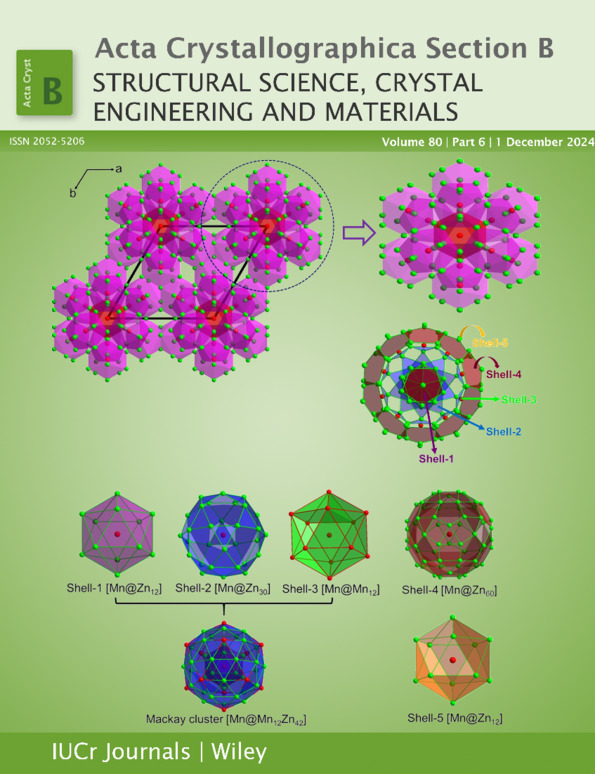Spin reorientation and the interplay of magnetic sublattices in Er2CuMnMn4O12
Abstract
Through a combination of magnetic susceptibility, specific heat, and neutron powder diffraction measurements we have revealed a sequence of four magnetic phase transitions in the columnar quadruple perovskite Er2CuMnMn4O12. A key feature of the quadruple perovskite structural framework is the complex interplay of multiple magnetic sublattices via frustrated exchange topologies and competing magnetic anisotropies. It is shown that in Er2CuMnMn4O12, this phenomenology gives rise to multiple spin-reorientation transitions driven by the competition of easy-axis single ion anisotropy and the Dzyaloshinskii–Moriya interaction; both within the manganese B-site sublattice. At low temperature, one Er sublattice orders due to a finite f-d exchange field aligned parallel to its Ising axis, while the other Er sublattice remains non-magnetic until a final, symmetry-breaking phase transition into the ground state. This non-trivial low-temperature interplay of transition metal and rare-earth sublattices, as well as an observed k = (0, 0, ½) periodicity in both manganese spin canting and Er ordering, raises future challenges to develop a complete understanding of the R2CuMnMn4O12 family.




